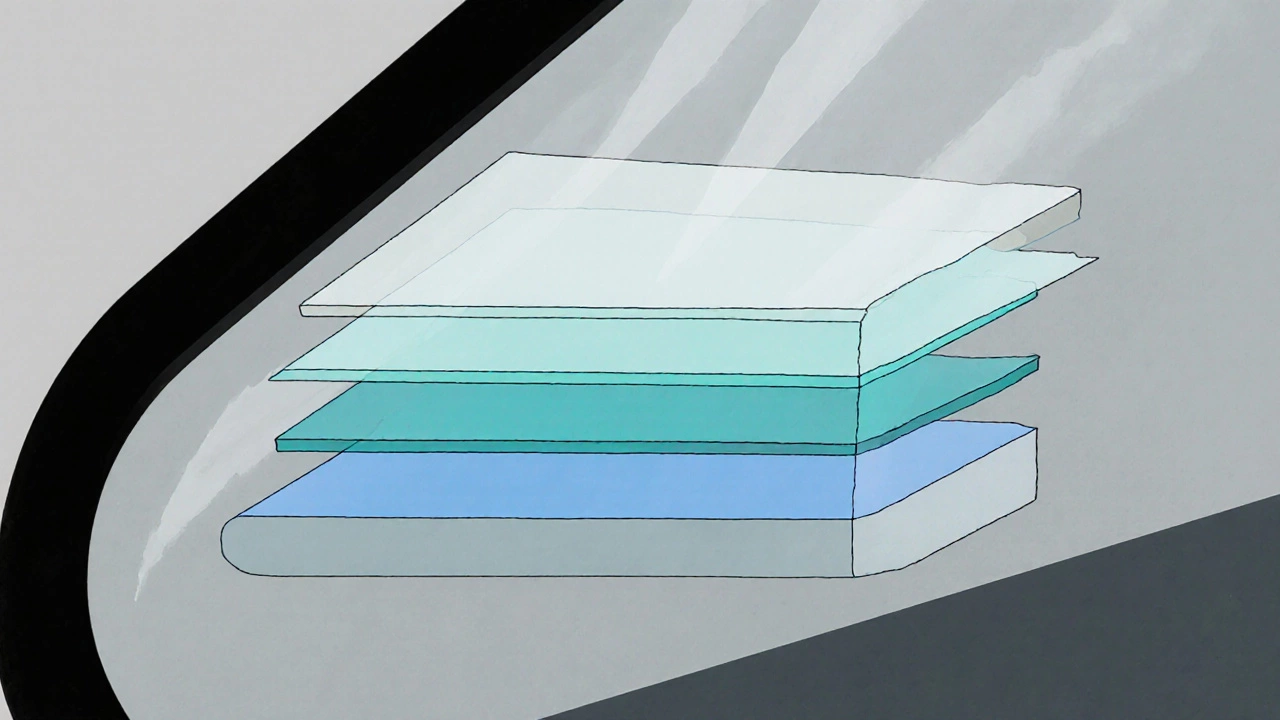When working with auto tint maintenance, the routine care that keeps vehicle window films looking good and staying within the law. Also known as tint upkeep, it helps preserve visibility, UV protection, and resale value. Auto tint maintenance encompasses regular cleaning, inspection for bubbles or peeling, and periodic VLT verification to ensure you’re still within the allowed range. Proper cleaning agents are essential for Window Tint, the thin polymer layer applied to car windows for heat and glare reduction because harsh chemicals can break down the film’s adhesive and cause hazing. You’ll often check the VLT, Visible Light Transmission rating that tells how much light passes through the film to confirm the darkness level matches both your preference and local regulations.
Choosing between factory‑installed film and Aftermarket Tint, custom‑applied films that offer a wider range of darkness levels adds another layer of decision‑making. Aftermarket tint influences VLT values directly, so you’ll need a reliable tint meter after installation. The advantage is you can pick a shade that suits your climate and style, but you also have to watch for warranty clauses that may void factory coverage if you switch films.
Every region sets its own Tint Legal Limits, regulations that dictate the minimum VLT allowed on each window. In the UK, for example, the front side windows must let at least 70% of light through, while the rear and back windows can go darker. Ignoring these limits can lead to fines, failed MOT tests, or even forced removal of the film. That’s why many enthusiasts keep a printed copy of local statutes in the glove box.
First, use a soft, lint‑free microfiber cloth and a pH‑balanced cleaner designed for tinted glass. Spray the solution onto the cloth, not directly on the film, to avoid streaks. Gently wipe in straight lines; avoid circular motions that can lift edges. Second, inspect the film after each wash for any signs of bubbling, cracking, or delamination—early detection makes repairs cheaper. Third, schedule a professional VLT check once a year or after any major temperature swing; a small shift in transparency can happen as the film ages.
If you notice discoloration, it’s often UV exposure at fault. Applying a UV‑blocking sealant can extend the film’s life by up to 30%, according to a 2023 study by the International Tint Association. The sealant adds a protective layer that repels water and reduces heat buildup, which in turn slows down the chemical breakdown of the tint.
Lastly, remember that maintenance isn’t just about the glass. The interior’s temperature and humidity affect the film’s longevity. Using a good interior protectant—like the Armor All Interior Protectant reviewed in our collection—can keep the cabin dry and prevent moisture from seeping behind the tint.
Now that you’ve got the basics of auto tint maintenance, you’re ready to dive into the detailed articles below. From DIY cleaning guides to legal limit breakdowns for each Australian state, the posts ahead cover every angle you might need to keep your windows looking sharp and staying road‑legal.

Learn the safe time frame and best techniques for washing a car after window tint. Get practical tips, myth-busting facts, and a FAQ to protect your tint's life.